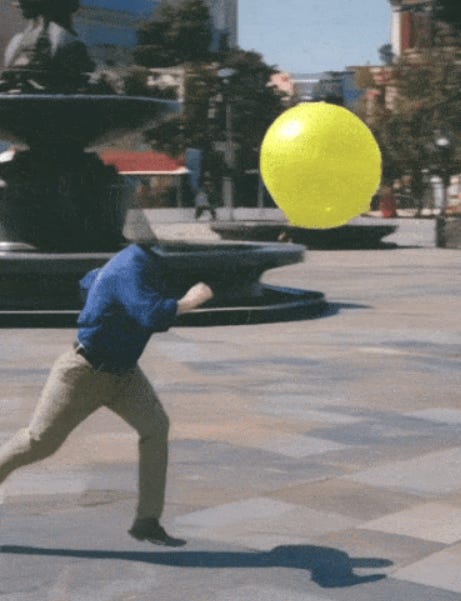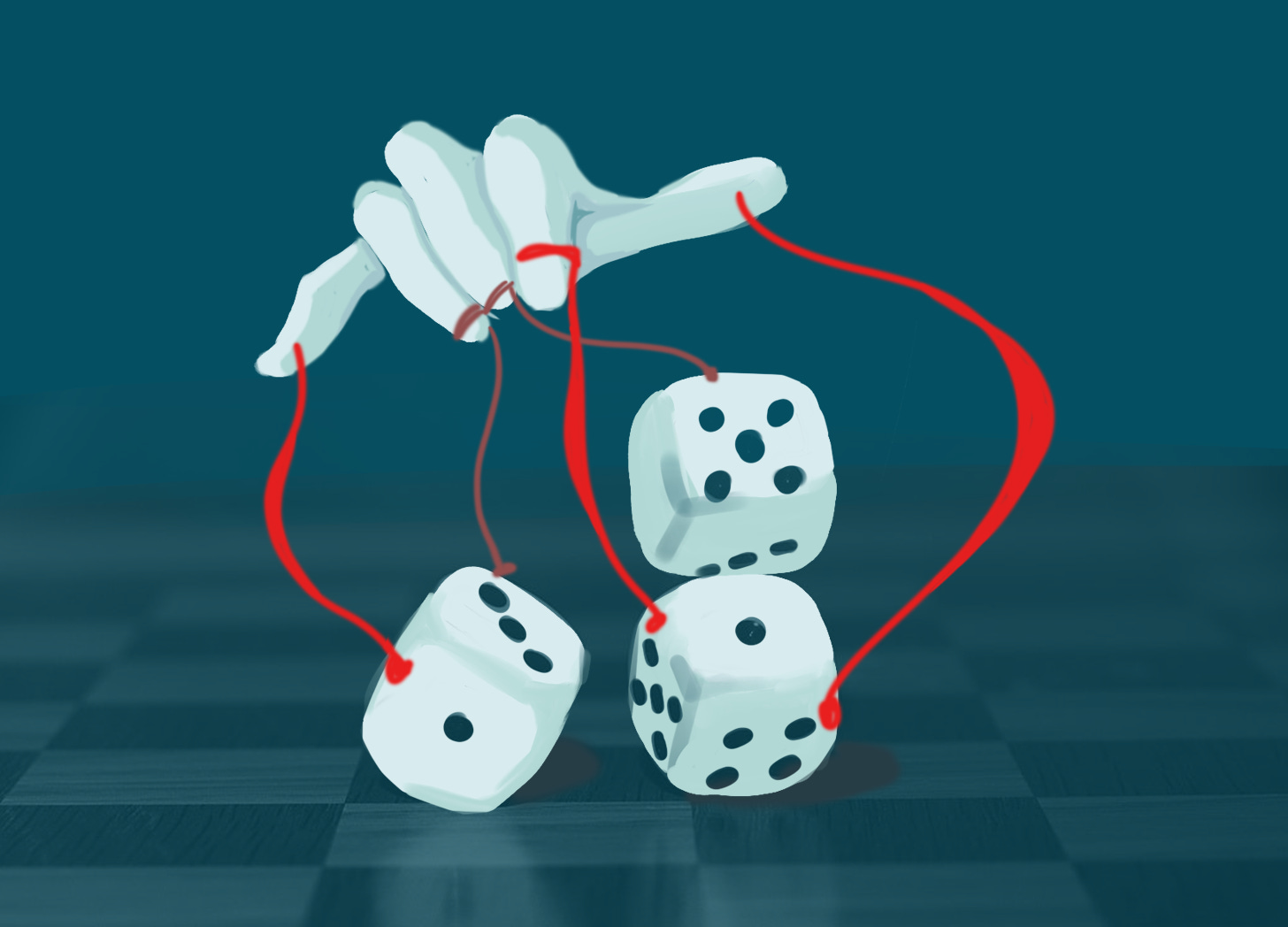Is gamification actually bad for us?
TLDR: Young person here wants to notice how our brain is being messed with.
So, I’m a young person, hello! I’m part of the generation that (allegedly) has less attention span than a goldfish. I guess it’s true, it is hard to focus on things- and Gamification is hailed as the solution to this problem.
In short, Gamification is the use of game mechanics in non-game contexts. It’s a form of design that is growing in popularity thanks to apps like DuoLingo. It understands and makes use of the way our brains work, to encourage us to do things we wouldn’t otherwise do- like learning a language.
And that’s… kinda great!
I highly recommend listening to this TED Talk by the founder of Duolingo. It’s the most popular example of gamification used for the good- and he explains the story behind it.
Helping people learn a language? As feel-good to our brains as social media? That’s incredible! But not everyone has such noble goals- gamification is a tool, and it can be used for the worse.
It’s also an incredibly popular tool- so being aware of it’s harm will be especially important for us young people, because we’re about to drown in a sea full of attention sharks.
The bad, and the worse.
Let’s start with the bad- It happens when something isn’t carefully planned or reasearched, people are incentivized incorrectly, and things go wrong as a result.
It’s either a misunderstanding or a mistake. We’re humans, that happens.
But it’s unintentional. When bad things are made to happen intentionally- that’s a lot worse.
Dark patterns
Also called “black hat gamification”, there are many ways to use this tool for evil. The most common one I think we have all noticed is the Back button refresh.
Let’s say you’ve been scrolling on instagram (for wayy too long), and you want to stop. So you press the back button (Pic 1). What does the app do? (Pic 2) It refreshes, and pulls up a new batch of things for you to look at!


This is quite the evil tactic, because it takes advantage of our psychology in a way we didn’t ask for.
It creates random reward- when that circle loads, they could show you anything! So you stay.
It triggers FOMO- what if you miss something if you leave now? So you stay.
We have an inertia- we tend not to take an action unless prompted. So we act on the prompt of the refresh to begin scrolling again. So we stay.
And guess what? We’ll stay until something prompts us to stop- and Instagram will never prompt you to stop, at least not intentionally.
If you scroll back, you’ll notice what we said at the start-
…scrolling on instagram (for wayy too long), and you want to stop. So you press the back button…
We wanted to STOP. And we were tricked to stay on for profit.
They say “good design is unnoticeable”- but it’s time to notice this one so we don’t fall for these games when we don’t want to.
There are lots of such dark patterns. Tell me about the ones you’ve noticed.
Yes, I am hearing the irony. Here’s another option for you.
News



(Pic 1) The iconic 135-year-old cabaret venue, Moulin Rouge, in Paris experienced a dramatic incident when its windmill sails collapsed to the ground.
(Pic 2) Airbnb has introduced its Icons program- range of experiences from films including a stay in the house from Pixar's Up and a stay in the Musee D'Orsay in Paris.
(Pic 3) OpenAI’s Sora video wasn’t completely AI-generated- Shy kids, the creators of that short video said that it was still a professional production- with storytelling, editing and post work like VFX- it did not come out fully formed just through AI.


